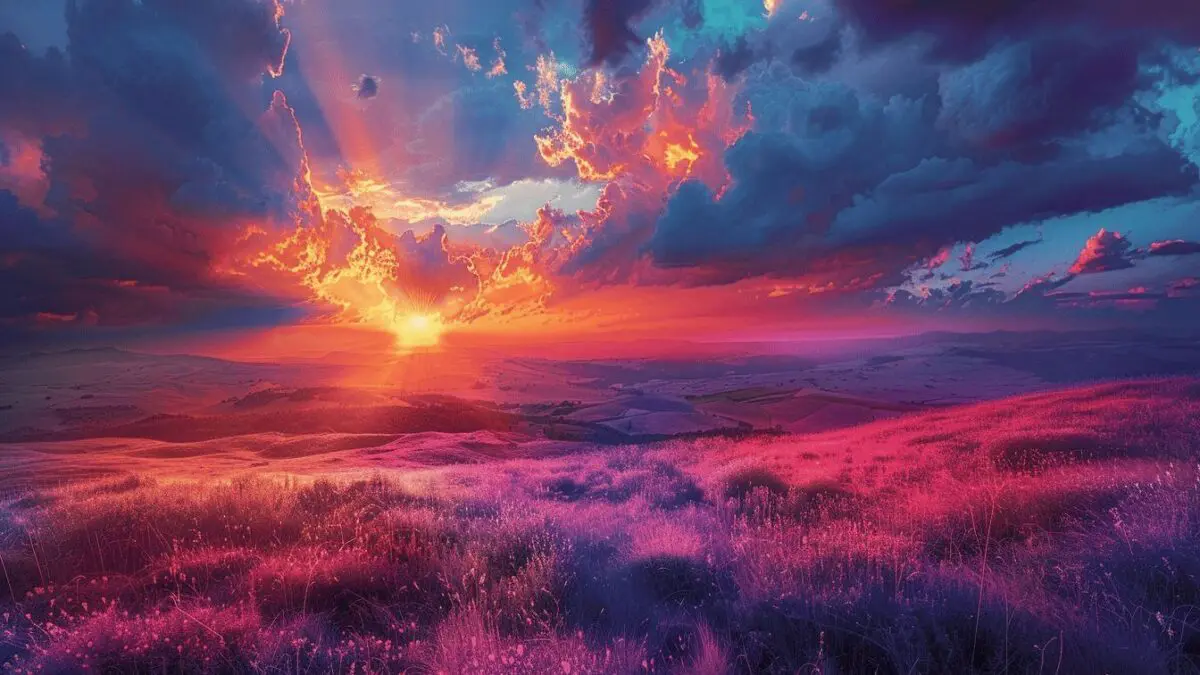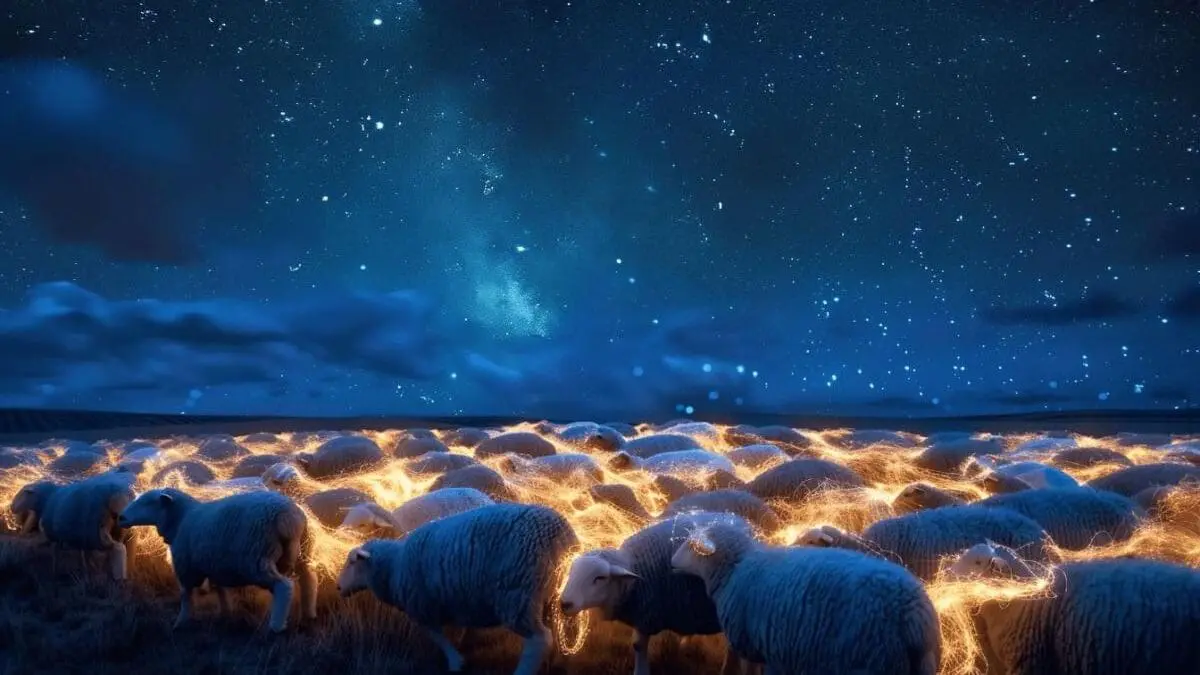A simple shift in lighting can dramatically alter the perception of colors, as beautifully illustrated by a photograph of a dam’s surface under varying light conditions.
Perceptual changes in natural light
Lighting conditions profoundly influence how we perceive colors. In the context of a photograph capturing the surface of a dam, the water appears blue in the shade and shifts to green where sunlight strikes. This phenomenon underscores the fluidity of color perception, dictated by light’s interaction with objects.
Artists and photographers particularly resonate with this concept, as their work frequently hinges on capturing or recreating these subtle shifts. For instance, an abstract landscape painter might explore the dynamic nature of color through their use of unexpected color combinations influenced by the time of day or weather conditions.
Color dynamics from dawn to dusk
Consider the mid brown hue of a tree trunk. Under the golden light of a sunset, this ordinary color can transform into vibrant shades of gold, orange, or even red. This transient beauty, highlighted during brief moments like a fading sunset with a violet tinge, provides a fleeting glimpse into the variable world of color influenced by light.
Every light condition paints a new picture: the orange rays of a setting sun momentarily illuminate the landscape, turning mundane into magnificent, only to vanish as evening shadows set in.
Conversely, overcast or foggy days unlock a different palette. The absence of shadows under grey skies reveals the true colors of wildflowers, showing intricate details often masked by the harsh sunlight.
Embracing the ephemeral nature of color
The pivotal role of light in photography and painting is well acknowledged by artists who manipulate light to enhance or subdue colors in their work. This mastery over light not only influences their artistic choices but also offers them a certain freedom to depict reality in a way that resonates with their personal vision.
“I Tried the Cheap Butter Everyone’s Raving About—and It Completely Changed My Morning Toast”
For those exploring the realms of painting, understanding and manipulating light can lead to a more profound artistic expression and appreciation of how colors interact with light. This knowledge often elicits discussions and admiration from viewers, particularly regarding the use of colors and light depiction.
Artistic interpretations and public engagement
Artists often encourage public engagement by showcasing their work in contexts that allow viewers to experience these color dynamics firsthand. Open studio events or art trails provide an excellent platform for artists to discuss their techniques and the underlying principles of light and color with an audience.
- Abstract artwork influenced by light and color
- Open studio events for direct interaction with the artist
- Opportunities to view art within the context of an art trail
The appreciation of color under different light conditions not only enriches the viewer’s experience but also enhances the educational aspect of art exhibitions. These events allow for deeper conversations about the transient nature of light and its impact on our perception of color.
Engaging with art in this way can transform a viewer’s understanding of color, encouraging them to notice how light continually reshapes our perception of the world around us. This awareness not only enriches one’s appreciation of art but also deepens the connection with everyday landscapes, highlighting the ever-changing tapestry of life painted by light.
The concept of light influencing color extends beyond art and photography, impacting various fields such as design, fashion, and even psychological studies where color perception can influence human behavior and mood. Recognizing these connections offers a broader perspective on the pervasive influence of light in our visual and emotional world.



